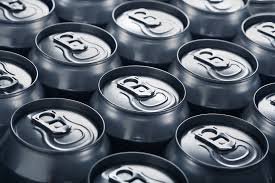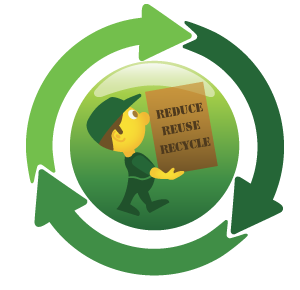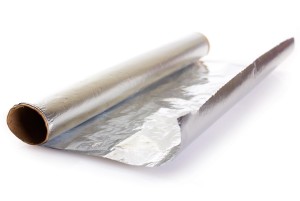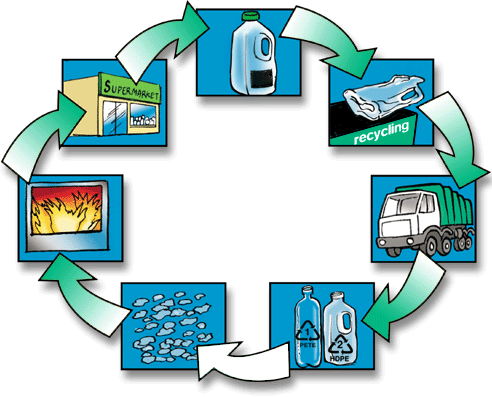Our planet continues to relentlessly grow in population. A corresponding growth in waste products also occurs. Our society has an etiquette that separates waste products from our immediate living areas.
This waste creates huge environmental problems impacting the entire planet. Recycling is a method to responsibly deal with this problem. The goal of recycling is to separate waste products into two major categories, Biodegradable and Non-biodegradable.
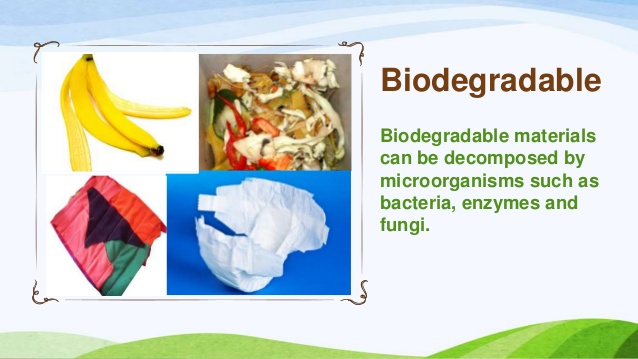 (Definition) Biodegradable materials are composed of waste from living organisms and the actual plant, animal or other organism when its life ends.
(Definition) Biodegradable materials are composed of waste from living organisms and the actual plant, animal or other organism when its life ends.
Examples of Biodegradable materials, often referred to as “bio-waste”, include the following:
• Human and animal waste
• Plant products, wood, paper, food waste, leaves, grass clippings
• Remains from the death of living creatures
It is very important to note that biodegradable waste can serve to support the future life of other organisms. This waste can be used to provide nourishment and a healthy environment condition for living organisms, which of course includes humans.
Changing biodegradable materials into something useful and nourishing is called bio degradation or decomposition. This process includes the help of other living organisms, such as bacteria, fungi and small insects. Other natural elements such as water, oxygen, moisture and sunlight also required to enable decomposition.
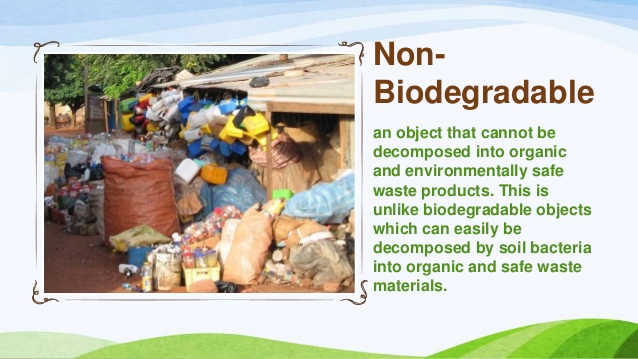
(Definition) Materials having properties that do not breakdown or decay are called Non-biodegradable.
Examples include:
• Glass
• Metals
• Plastics
• Electronic devices
• Medical waste
Non-biodegradable materials do not breakdown naturally. But, that doesn’t mean they cannot be reused. The key difference here is that the process requires time, energy and expense. Glass and plastic can be reused to make other products, but the waste must first be separated by type of material and then processed into a usable substance.
 Biodegradable materials recycle naturally to a usable substance. However, they can still be a hazard to society. The methane gas byproduct from decomposition is harmful to the environment. There are methods to capture this gas to use as a source of energy.
Biodegradable materials recycle naturally to a usable substance. However, they can still be a hazard to society. The methane gas byproduct from decomposition is harmful to the environment. There are methods to capture this gas to use as a source of energy.
Non-Biodegradable material waste creates more of a problem for society. Discarded computer parts, batteries,, used motor oil and medical supplies all contain harmful chemicals. Society must devise methods to encourage separation of these materials so they can be treated for reuse or safe disposal.
Recycling is a process to protect society from hazards of our huge volume of waste problems. Knowing more about the types of waste will encourage active participation in solutions.

